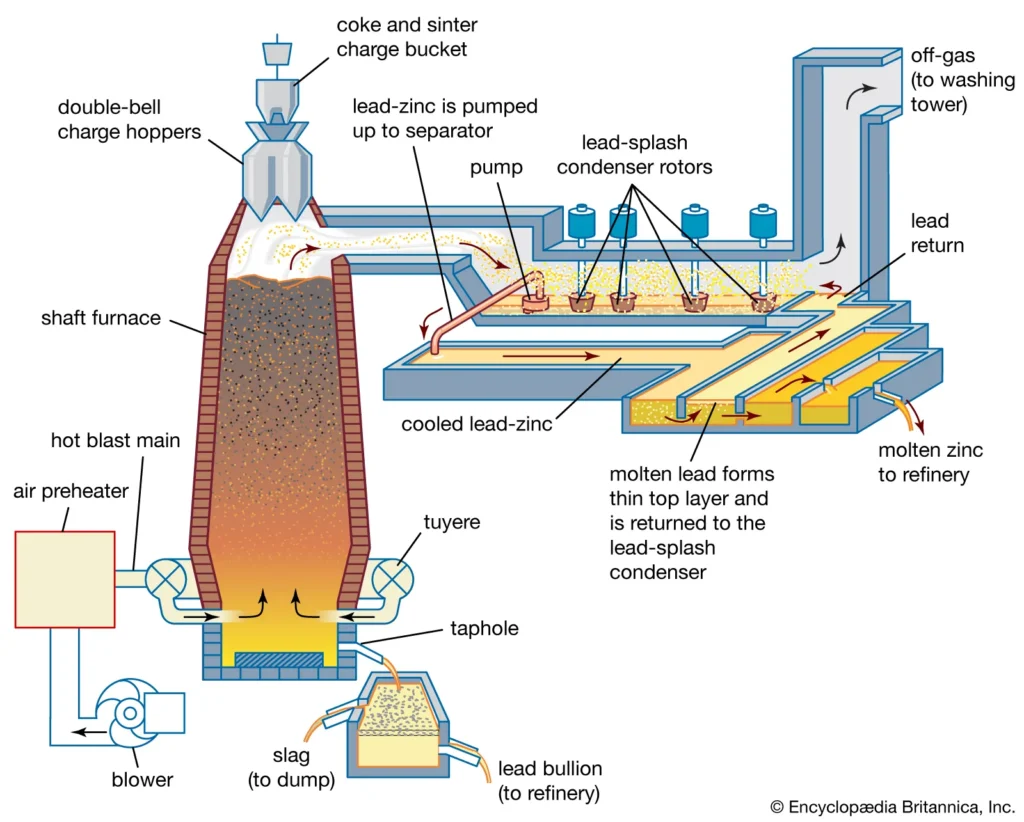In the dynamic landscape of modern business, where competition is fiercer than ever and customer expectations are constantly evolving, organizations must harness innovative strategies to identify and engage potential customers. One such strategy that has gained traction among marketing and sales professionals is lead mining. In this blog post, we will explore the concept of lead mining, its significance, methodologies, tools, and best practices, enabling businesses to effectively tap into a wealth of opportunities and drive revenue growth. dcpipe pipeline expert

What is Lead Mining?
Lead mining refers to the process of identifying, gathering, and analyzing potential customer information that can be used to generate sales leads. It involves a systematic approach to uncover valuable insights about individuals or organizations that may have an interest in a company’s products or services. Lead mining goes beyond traditional lead generation techniques, incorporating data mining and analytics to discover hidden prospects and facilitate targeted outreach.
The Importance of Lead Mining
- Data-Driven Decision Making: In an era dominated by data, lead mining allows businesses to make informed decisions based on analytics rather than intuition. By leveraging data to identify potential customers, organizations can allocate their resources more efficiently and increase conversion rates.
- Enhanced Targeting: Lead mining allows for more precise targeting of campaigns. By understanding the demographics, behaviors, and preferences of potential leads, companies can personalize their messaging and outreach efforts, significantly improving engagement and response rates.
- Effective Resource Allocation: Identifying high-quality leads enables organizations to focus their marketing and sales efforts on prospects with the highest likelihood of conversion. This targeted approach minimizes waste and maximizes the return on investment (ROI) for marketing initiatives.
- Competitive Advantage: Organizations that effectively implement lead mining strategies can gain a competitive edge. By identifying emerging trends and shifts in customer behavior, they can adapt their offerings and messaging ahead of competitors.
The Lead Mining Process
The lead mining process typically involves several key stages:
1. Data Collection
At this stage, businesses gather data from various sources to create a comprehensive database of potential leads. Common sources include:
- Social Media: Platforms like LinkedIn, Twitter, and Facebook can provide valuable insights into potential customers’ interests and professional backgrounds.
- Website Analytics: Tools like Google Analytics can track visitor behavior on a company’s website, highlighting individuals who show interest but may not have converted.
- Industry Events and Networking: Conferences, trade shows, and webinars present opportunities to connect with potential leads and collect contact information.
- Customer Referrals: Existing customers can be a valuable source of leads. Referral programs can incentivize customers to recommend products or services to their network.
2. Data Analysis
Once data has been collected, the next step is analysis. This involves evaluating the information to identify potential leads based on predefined criteria. Here, businesses can employ techniques such as:
- Segmentation: Grouping leads based on demographic factors, interests, and behavioral patterns helps in delivering tailored messaging.
- Scoring: Assigning scores to leads based on their likelihood to convert can aid in prioritizing outreach efforts.
- Predictive Analytics: Leveraging machine learning algorithms and statistical techniques enables businesses to identify trends and make predictions about future customer behaviors.
3. Lead Validation
Before engaging with potential leads, it is crucial to validate the collected information to ensure its accuracy and relevance. This may involve:
- Cross-Referencing: Verifying lead information against multiple reliable sources to ensure consistency.
- Engagement Metrics: Analyzing previous engagement metrics to gauge the interest and responsiveness of leads.
4. Outreach and Nurturing
Once validated, organizations can begin outreach efforts. This may involve personalized email campaigns, targeted social media interactions, or direct calls. The goal is to initiate conversations, build rapport, and nurture relationships with potential customers. Effective lead nurturing strategies include sending relevant content, offering demonstrations, and inviting leads to events or webinars.
5. Conversion and Follow-Up
Following engagement, the focus shifts to converting leads into customers. This involves tailoring solutions to meet their needs, addressing concerns, and guiding them through the buying process. After conversion, follow-up interactions can help ensure customer satisfaction and foster long-term loyalty.
Tools for Lead Mining
To enhance the lead mining process, organizations can leverage various tools and technologies, including:
- Customer Relationship Management (CRM) Software: Platforms like Salesforce, HubSpot, and Zoho CRM help manage lead information, track interactions, and streamline the sales process.
- Data Mining Tools: Software such as Tableau and RapidMiner enables organizations to analyze large datasets and extract meaningful insights.
- Lead Generation Tools: Platforms like LinkedIn Sales Navigator or Hunter.io facilitate the discovery and verification of potential leads.
- Email Marketing Automation: Tools such as Mailchimp or ActiveCampaign help manage outreach efforts and nurture leads through personalized email campaigns.
Best Practices for Successful Lead Mining
- Define Your Ideal Customer Profile (ICP): Clearly outline the characteristics of your ideal customers, including demographics, industries, and pain points. This will guide your lead mining efforts and improve targeting.
- Prioritize Quality Over Quantity: Focus on generating high-quality leads that closely match your ICP rather than amassing a large quantity of leads that may not convert.
- Maintain Data Hygiene: Regularly cleanse and update your lead database to ensure accuracy and relevance. This includes removing duplicates, validating contact details, and archiving outdated information.
- Leverage Multiple Channels: Utilize a mix of channels—social media, email, webinars, and industry events— to gather leads and engage potential customers.
- Monitor and Adapt: Continuously track the effectiveness of your lead mining strategies and adapt them based on performance metrics. Be prepared to pivot your approach based on changing market dynamics and customer feedback.
Conclusion
Lead mining is not just a buzzword; it is a strategic approach that empowers businesses to identify and engage potential customers effectively. By leveraging data-driven insights, organizations can enhance targeting, allocate resources efficiently, and gain a competitive advantage. As businesses continue to navigate an ever-evolving landscape, investing in robust lead mining processes and tools will be essential for driving sustainable growth.
In a world where the customer is king, the ability to seamlessly connect with and nurture leads is paramount. Embracing the principles of lead mining can unlock new opportunities and pave the way for long-term success in the realm of business development. dcpipe pipeline expert

